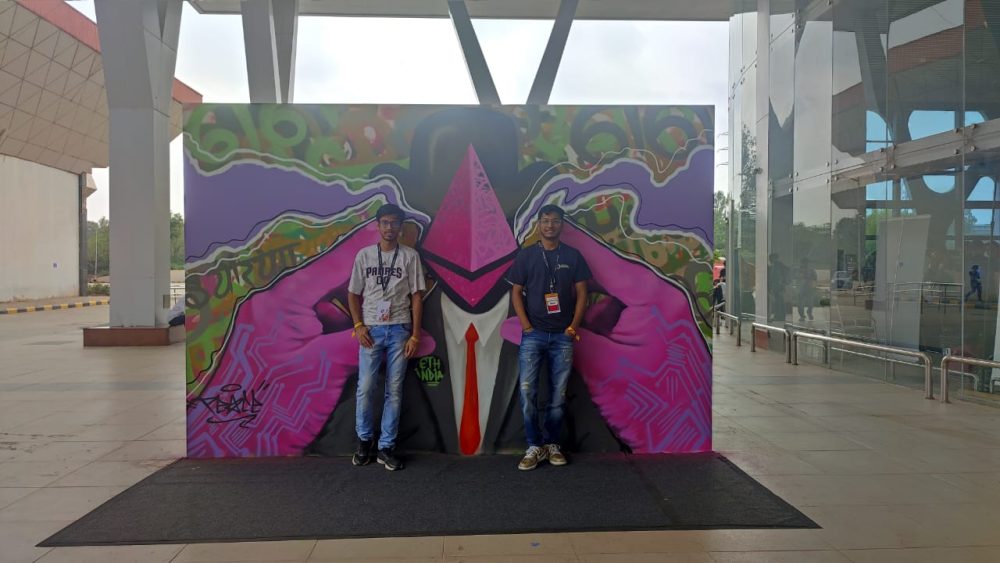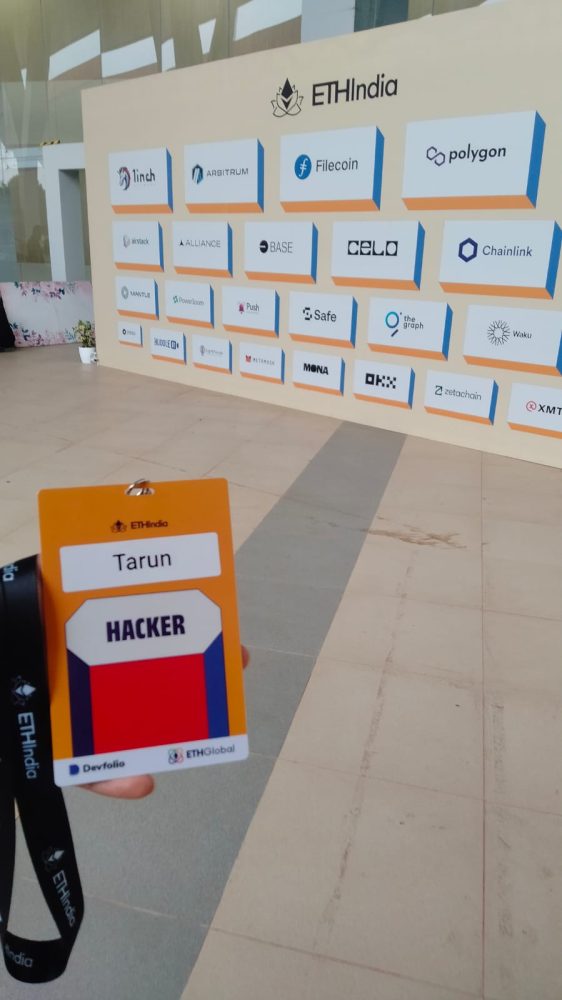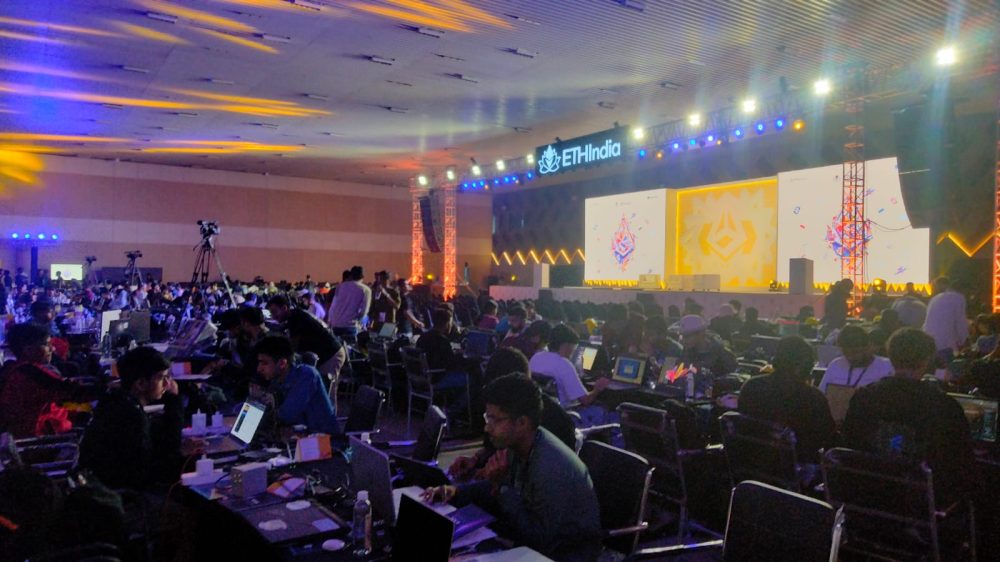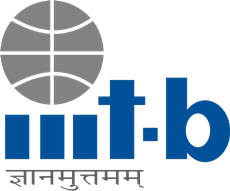
As a hackathon winner, Tarun Gupta, an iMTech student extends advice to future participants interested in blockchain, providing resources for learning and recommending platforms for participation. This insightful Q&A with Naviiina offers a glimpse into the thought process, challenges faced and triumphs achieved during his ETHIndia hackathon experience.

- Can you share your journey throughout the ETHIndia hackathon, from ideation to implementation?
It all started with one mail – Congrats! You are invited to participate in Asia’s biggest Ethereum hackathon. This was a big thing for us as only 2000 people were invited out of 20,000 applications for the hackathon. We deliberated on what to create, which tech-stack to employ, and other crucial aspects. The importance of pre-hackathon brainstorming cannot be overstated, setting the stage for a seamless transition into the actual development phase once the hackathon officially kicked off. With our idea and tech-stack firmly in place, we, a dynamic team of two, consisting Bhavesh from IIT BHU, strategically distributed the project’s workload based on our respective expertise. The actual coding process commenced upon our arrival at the venue, marking the official start of the hackathon.
- What inspired the concept behind your winning project, and how did you come up with the idea?
Zero Day Futures, our ground-breaking project, aims to on board the next billion web2 traders into web3 trading seamlessly. The process is straightforward: open your position, stake collateral on cryptocurrency prices, and watch as the position automatically closes after 24 hours. The simplicity of this concept emerged after thorough exploration of numerous hackathon projects and challenges encountered in Web3 trading, culminating in a result of extensive brainstorming.
- Were there any challenges or roadblocks you encountered during the hackathon, and how did you overcome them?
Yes, we faced a lot of challenges during the hackathon period. But the biggest advantage of an IRL hackathon is the in-person help you get. There were a lot of experience devs, mentors available throughout the hackathon that were ready to help us and provide valuable insights of our project. We discussed our idea with them, refined it and took debugging help wherever needed.

- Can you highlight any unique features or innovations in your project that set it apart from other submissions?
Our project Zero Day Futures trading platform helps to instantly and automatically close all the open positions of trades. Unlike perpetuals, where users can hold their position for any amount of time (which leads to locking of assets in pools), our platform close all the positions after 24 hours. User can also close his position manually any time before 24 hours. Liquidity providers earn zDay tokens on providing liquidity which can be used in yield farming through 1 inch. Real time price feeds are used to fetch the price of crypto like ETH using Chainlink. Users can also specify when to liquidate their position once their position reaches certain loss. Account Abstraction is used to solve the problem of UX in web3. Also, since our dapp was able to run with the functionality we decided our demo day went well.
- Did you collaborate with any team members, and if so, how did teamwork contribute to the success of your project?
My teammate, Bhavesh was a frontend developer and I am a backend developer. So, our work was pretty much sorted and well distributed.
- How do you envision the real-world impact of your project, and do you see potential for its scalability or adoption beyond the hackathon?
We believe Zero Day Futures has the ability to onboards a lot of web2 traders into web3 trading. For now, we had kept it simple with minimum functionality but we still have to add some features into our project to make it mainstream. For example, improving the UI/UX, to integrate other crypto coins so that user can bet on them as well and to be able to open the position for n-days.
- What tools, frameworks, or technologies did you use to bring your project to life, and why did you choose them?
Fronted was built using Reactjs. Smart contracts were written in solidity. Chainlink helps us to use price feeds to fetch prices of ETH and use automation tool to automatically close the position after 24 hrs. Graph helps us to deploy a new subgraph and retrieve data from it.
- Were there any key learnings or insights you gained during the hackathon that you believe would be valuable for other aspiring developers?
Always try to keep your project idea ready before the hackathon starts. We have seen teams who didn’t even have an idea to build till last day of the hackathon. Having an idea beforehand gives you a head-start over other teams and saves a lot of time. Always take help from experienced devs and mentors if you are stuck anywhere. It increases the overall experience of the hackathon and helps you to learn while saving time.
- As a hackathon winner, what advice do you have for future participants, especially those interested in blockchain?
Interested individuals in blockchain technology can get useful information from the following resources which helped me to learn:
- (Frontend tech is same as in web2, so you just need to learn solidity to get started)
- learnweb3.io
- cryptozombies.io
- buildspace.so
Also check out Patrick Collins YouTube channel for a complete beginner to advanced playlist on Blockchain. Once you familiarize yourself with solidity language (used in backend of dapps), you can start participating in hackathons.
Some hackathons websites:
- Devfolio
- Devpost
- Dorahacks


